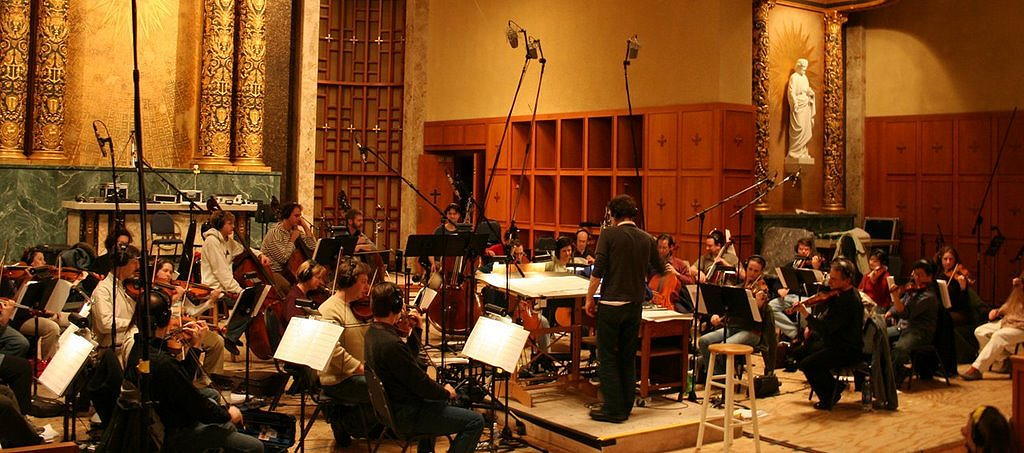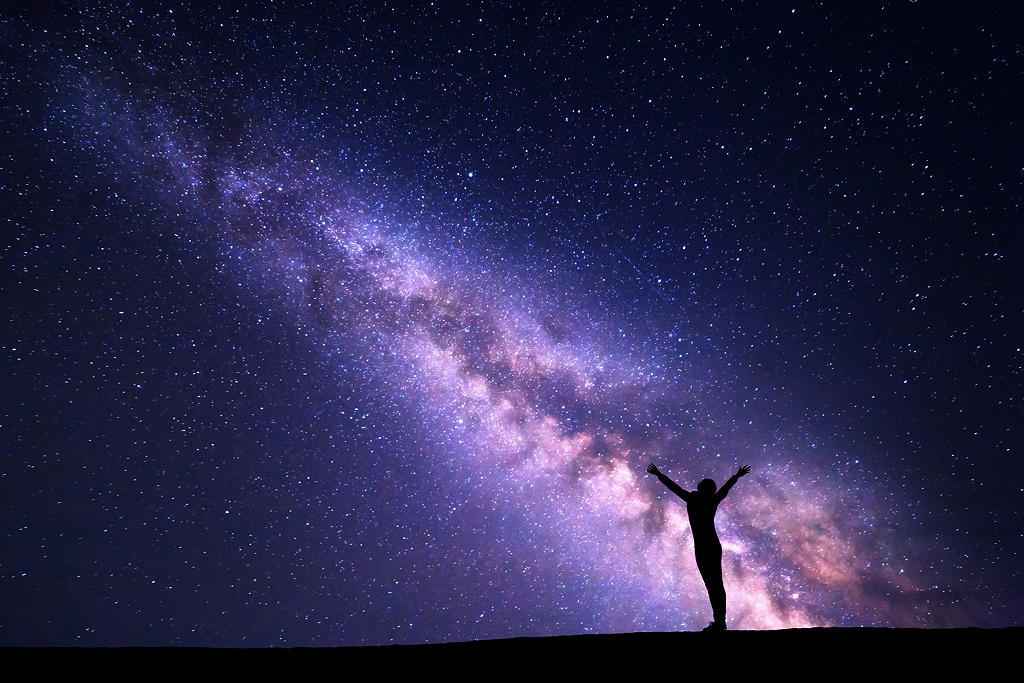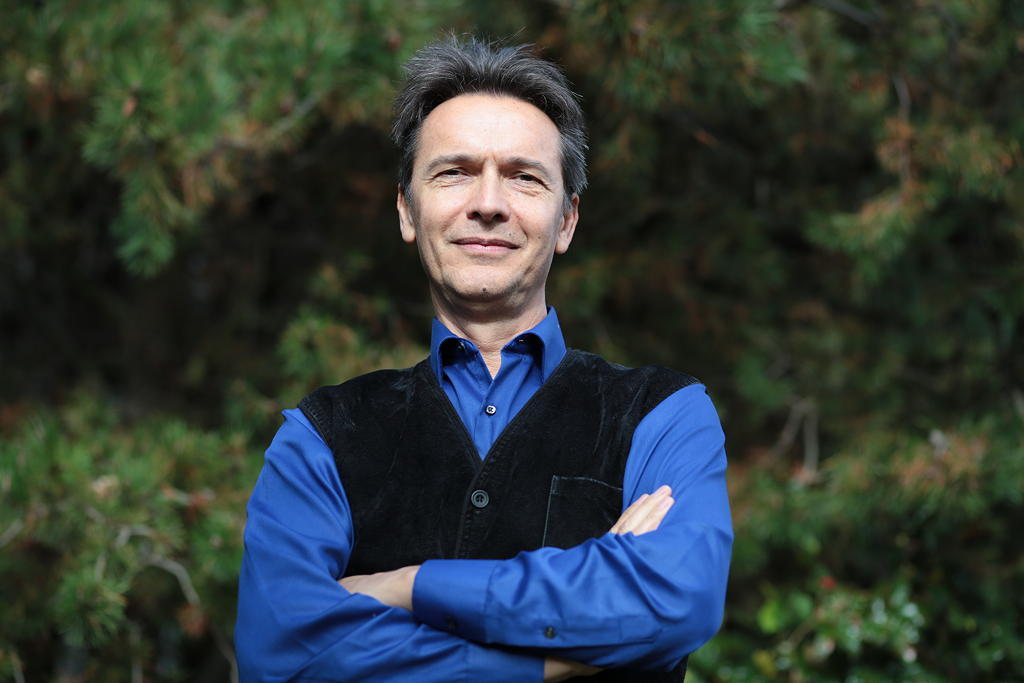The professional recording of the music for Terra Nostra took place on January 28 and was a huge success. We had a little hiccough early, but nothing that couldn't be solved with the institutional knowledge of where the extra toner was hidden and who was in charge of the coffee. We started the session on time, with the downbeat just after 10AM. Before the recording started, I gave a few remarks to tell the musicians what this project is. Terra Nostra is very unlike their usual recording session material, which are scores for video games and movie soundtracks.
The structure of the day (roughly):
8:30AM (or earlier?) Hall was being prepped with plywood put over the marble floor. Chairs, stands, lights, and recording microphones all had to be placed and sound levels checked. The camera crews also had to get into position.
8:45 I arrived. And ran around like mad meeting all the people who had various responsibilities to see if there were any fires to put out. Only one real one, but we got it solved. As one person said to me, "Better to get the something that's going to go wrong out of the way early." Some musicians are already in the hall warming up and looking at tricky spots in their music.
9:30 More musicians arriving. The stage got really crowded.
10:00 Opening remarks from me, very brief. Christophe takes the podium. The piece is 505 measures long. The loudest point is at measure 233, so they start there to set the microphone levels and open the day with a wall of sound. Maybe we didn't need coffee... Then, the first read through so the orchestra can get a sense of what this is, how Christophe conducts, and how each instrument's part fits with the whole. It sounded great from the start, and Christophe stopped very few times. After the read through, it was time to work on particular spots. Christophe was getting feedback from producers David Sabee and Jo Nardolillo from the control booth about which exact measures needed additional work and how to improve them. The final recording will be stitched together from the best takes we got over the whole day.
10:50 First break.
11:00 Back at it.
11:50 Second break.
12:00PM Music.
1:00 LUNCH!
2:00 Back to work. The coffee pots and snacks have been refilled.
2:50 Break.
You get the idea. We wrapped up at 5:40PM. If I could have gotten everyone a beer and a massage, I would have. The end of the piece hits an incredibly loud part followed by a sensitive, quiet closing violin duet that's very delicate and precise. It's harder to play music well softly than it is to do it well loudly, but loudly is more exhausting. The musicians were amazing. After we heard that we'd gotten everything we needed, the musicians packed up, and then the whole chapel had to be put back the way it had been before - lights, stands, microphones, chairs all packed away, and the plywood taken back up.
Here are a couple of pictures from the last break, when I ventured closer to the orchestra. (I had stayed as far away as I could - while still being in the hall - during most of the session to be as unobtrusive as possible and not be the person who sneezed during the quiet bit and wrecked everything.)
There will now be a lull in the action. We're in line behind a few other projects (John Williams and the LA Philharmonic!) for sound editing. We'll be using that time to do research for images and videos to put in the multimedia version and structuring how we want the visual component to complement the music.
One thing I made clear to the orchestra in my remarks was that this project came together because of all of you who supported us. It really was a once in a lifetime event. Thank you for making this possible.
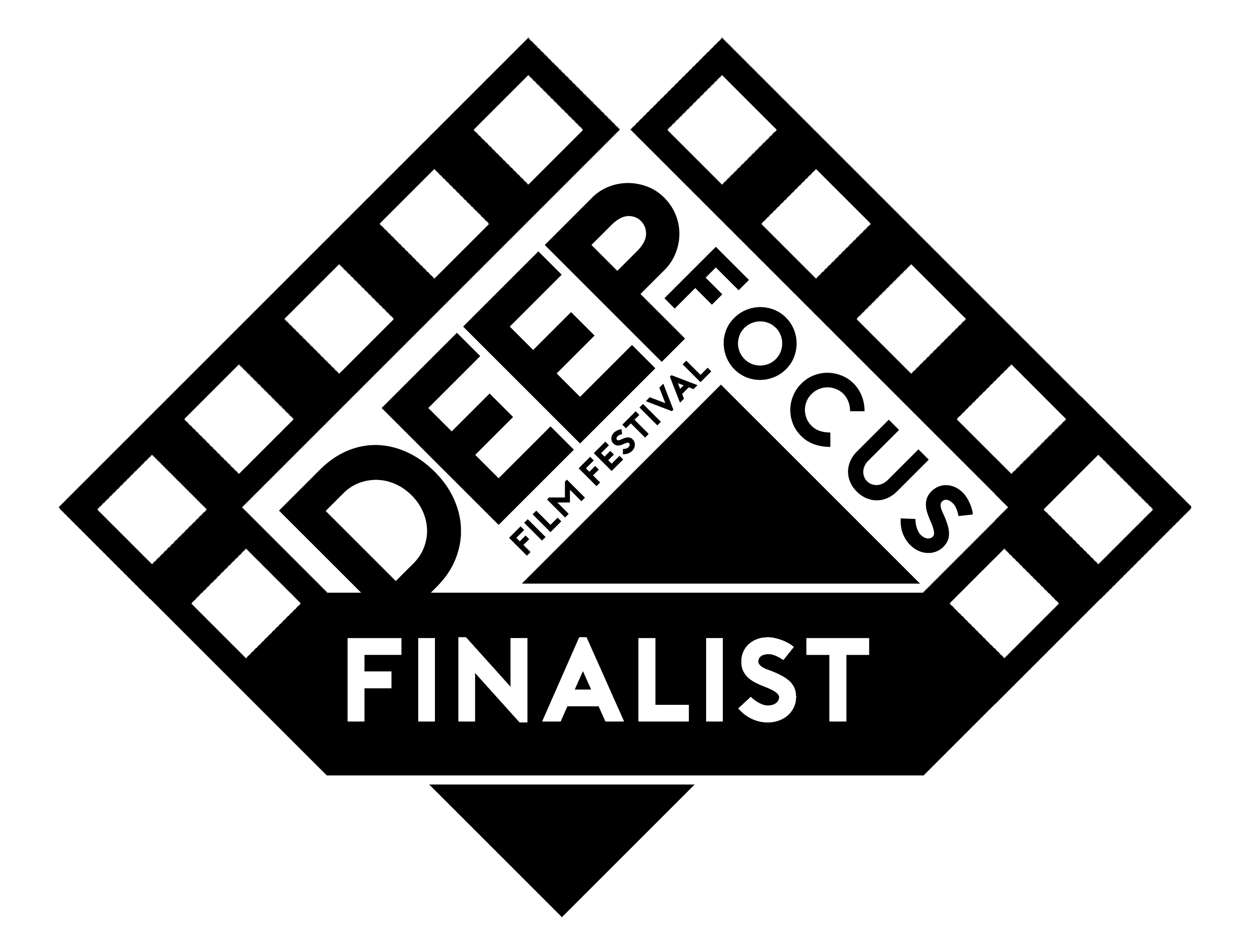
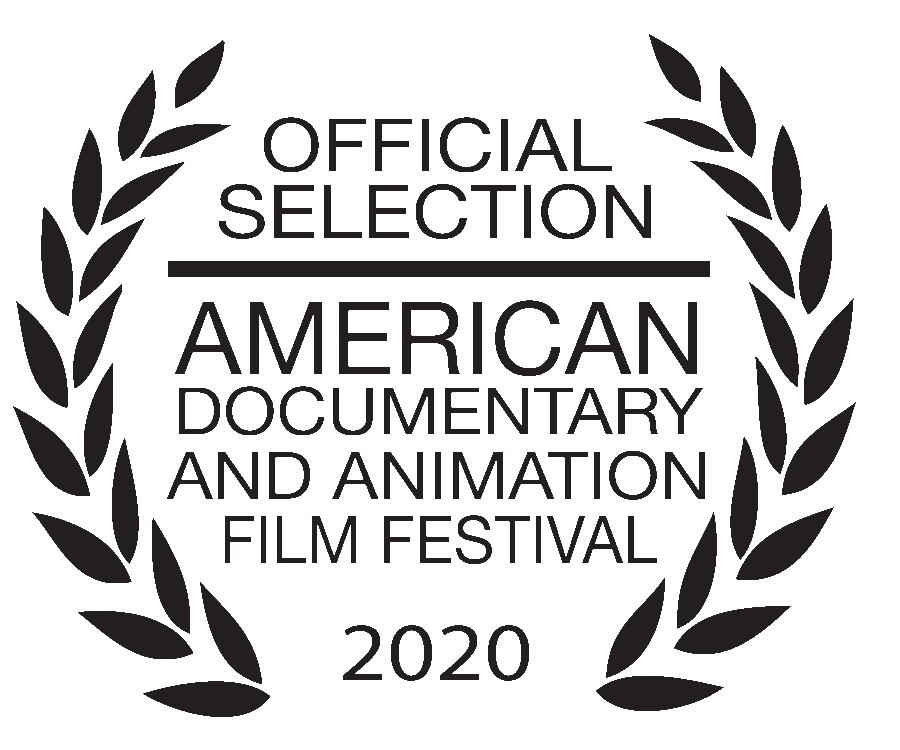
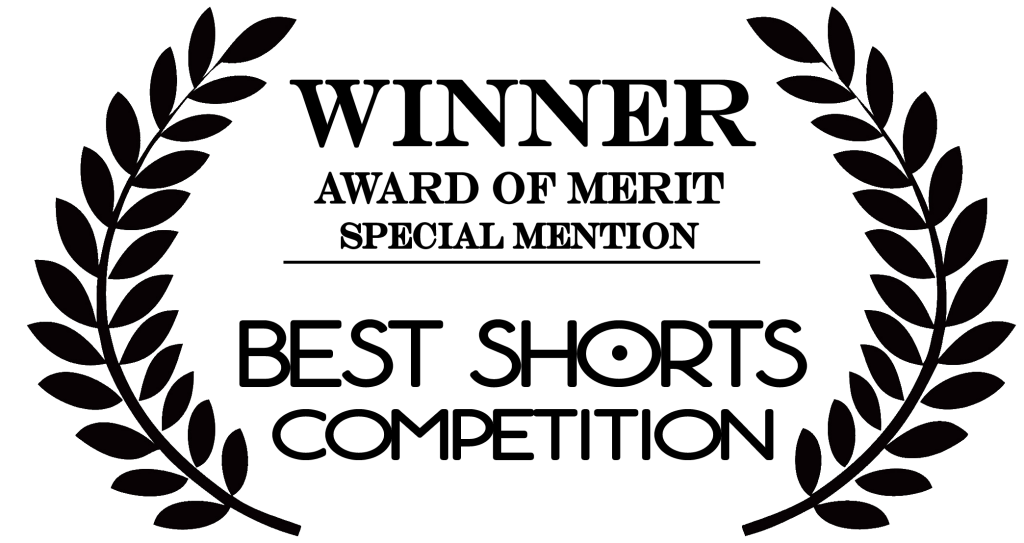
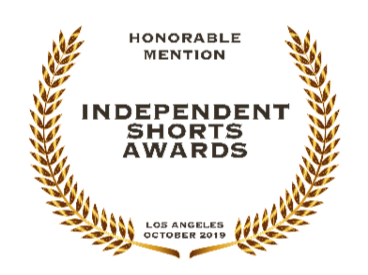

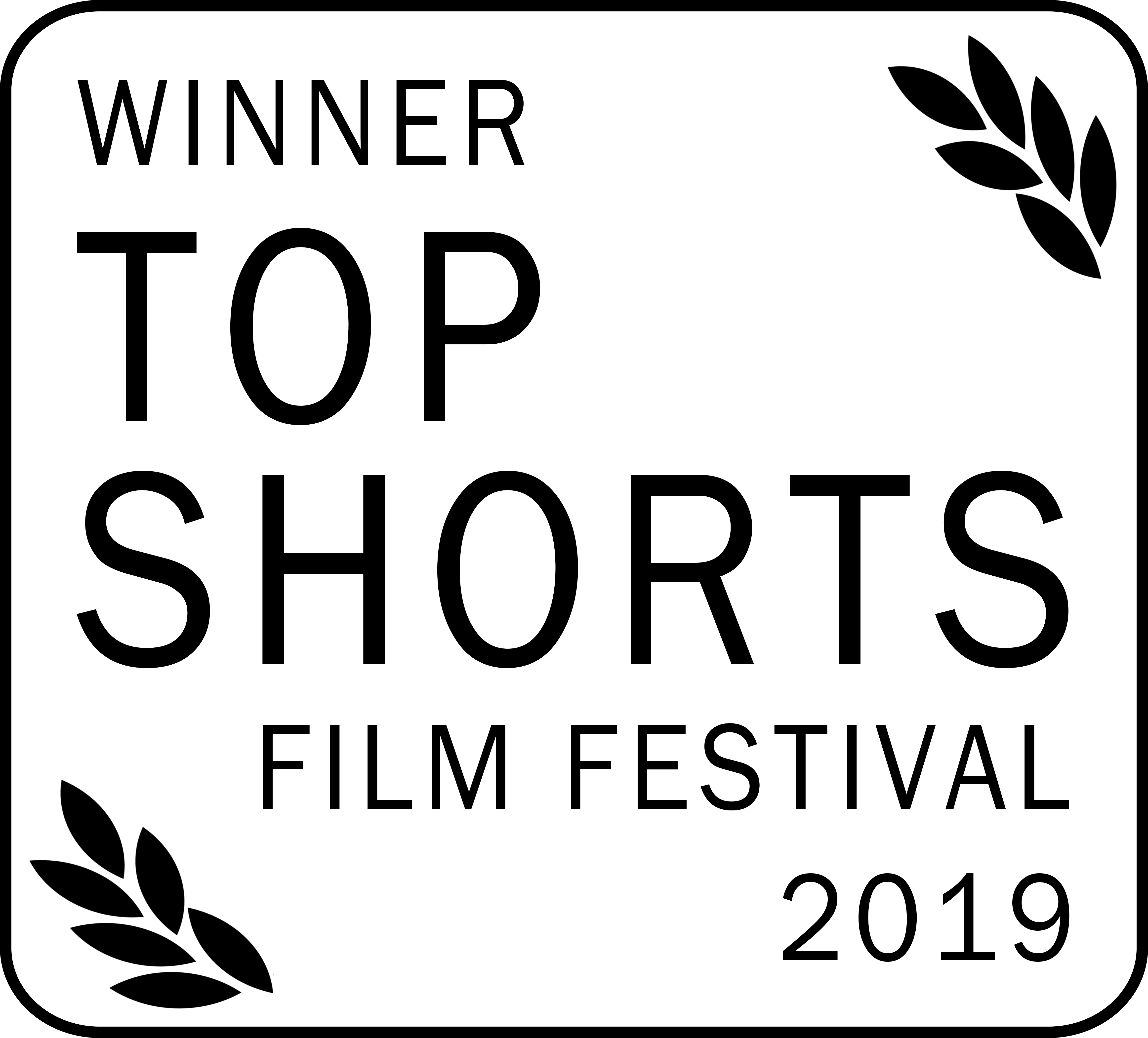
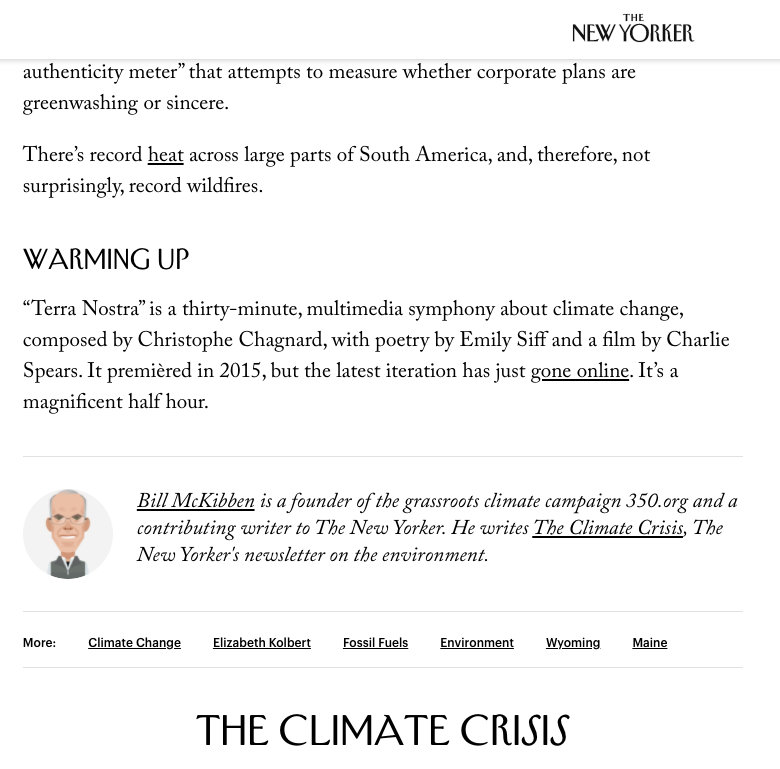
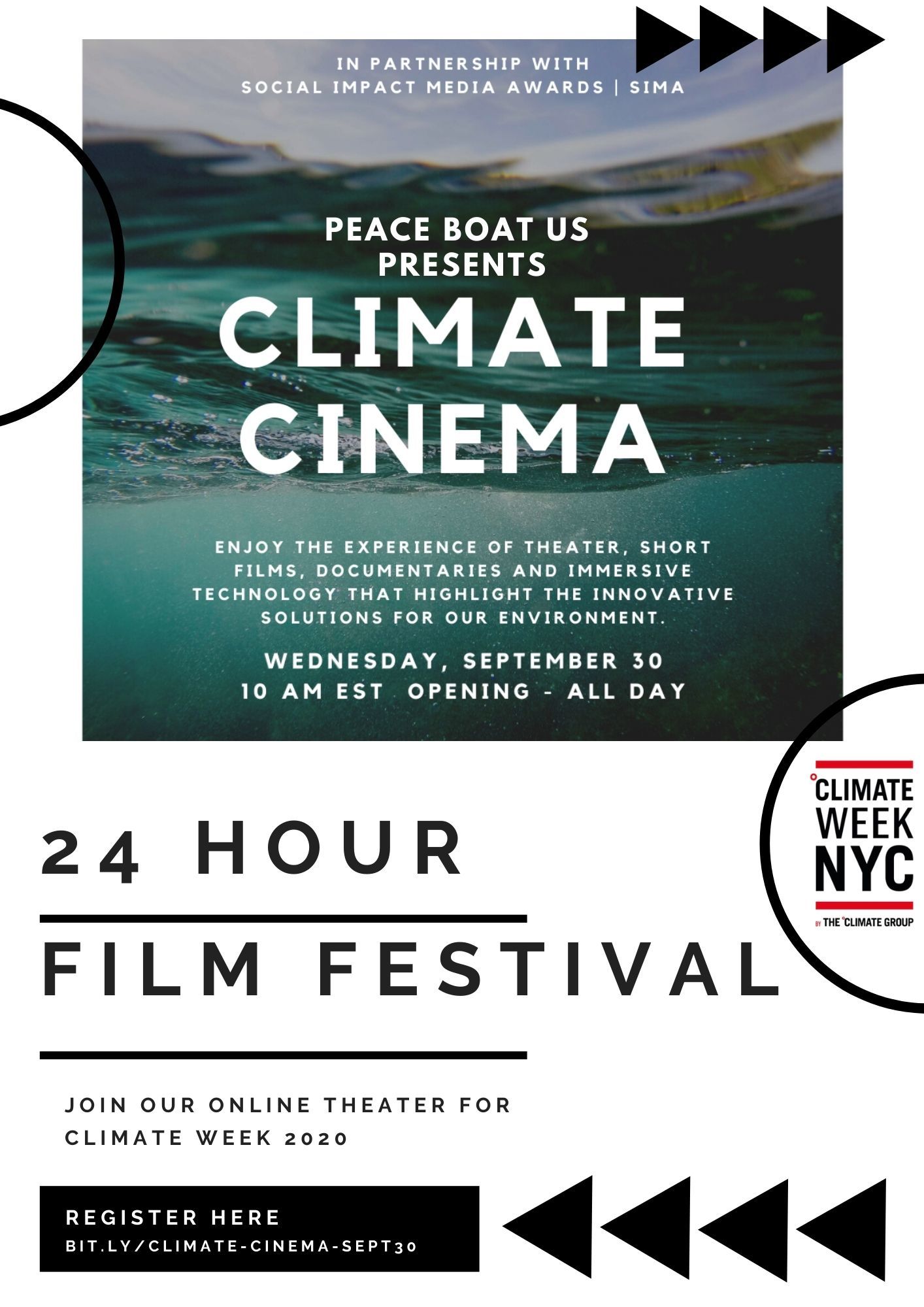
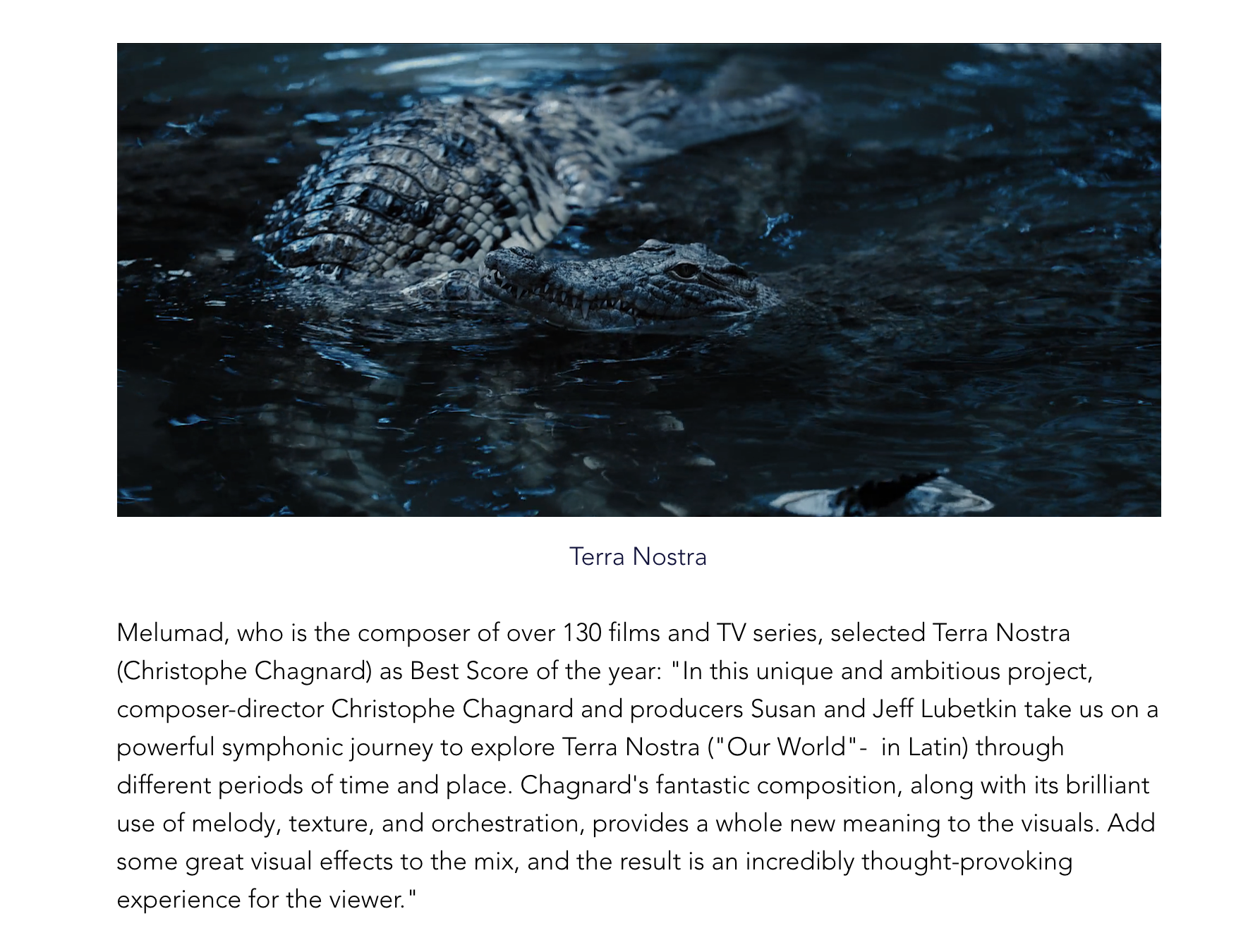
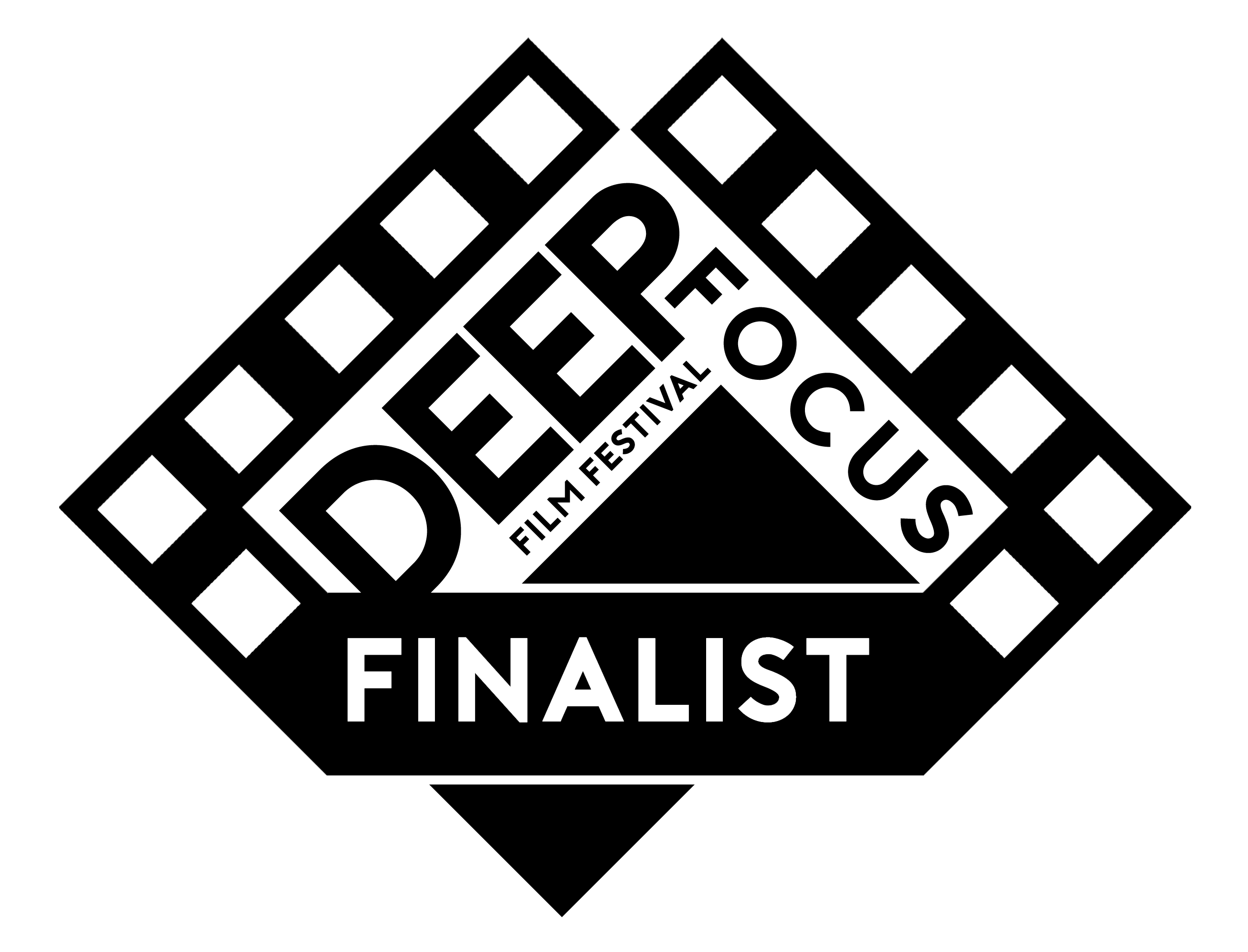
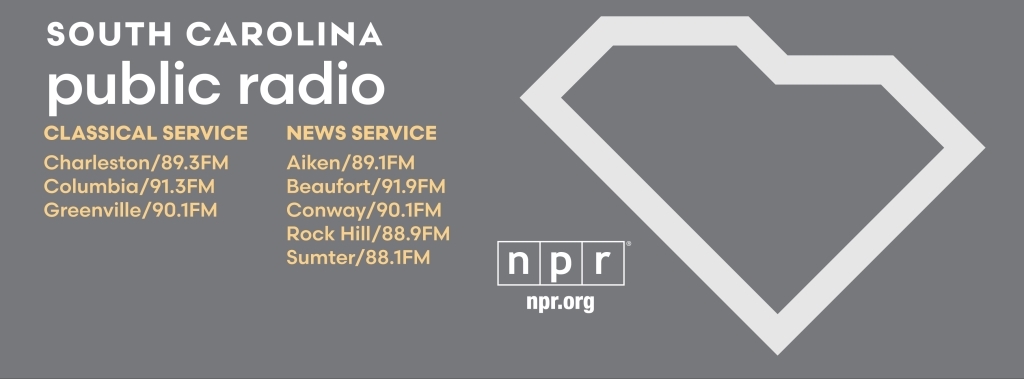

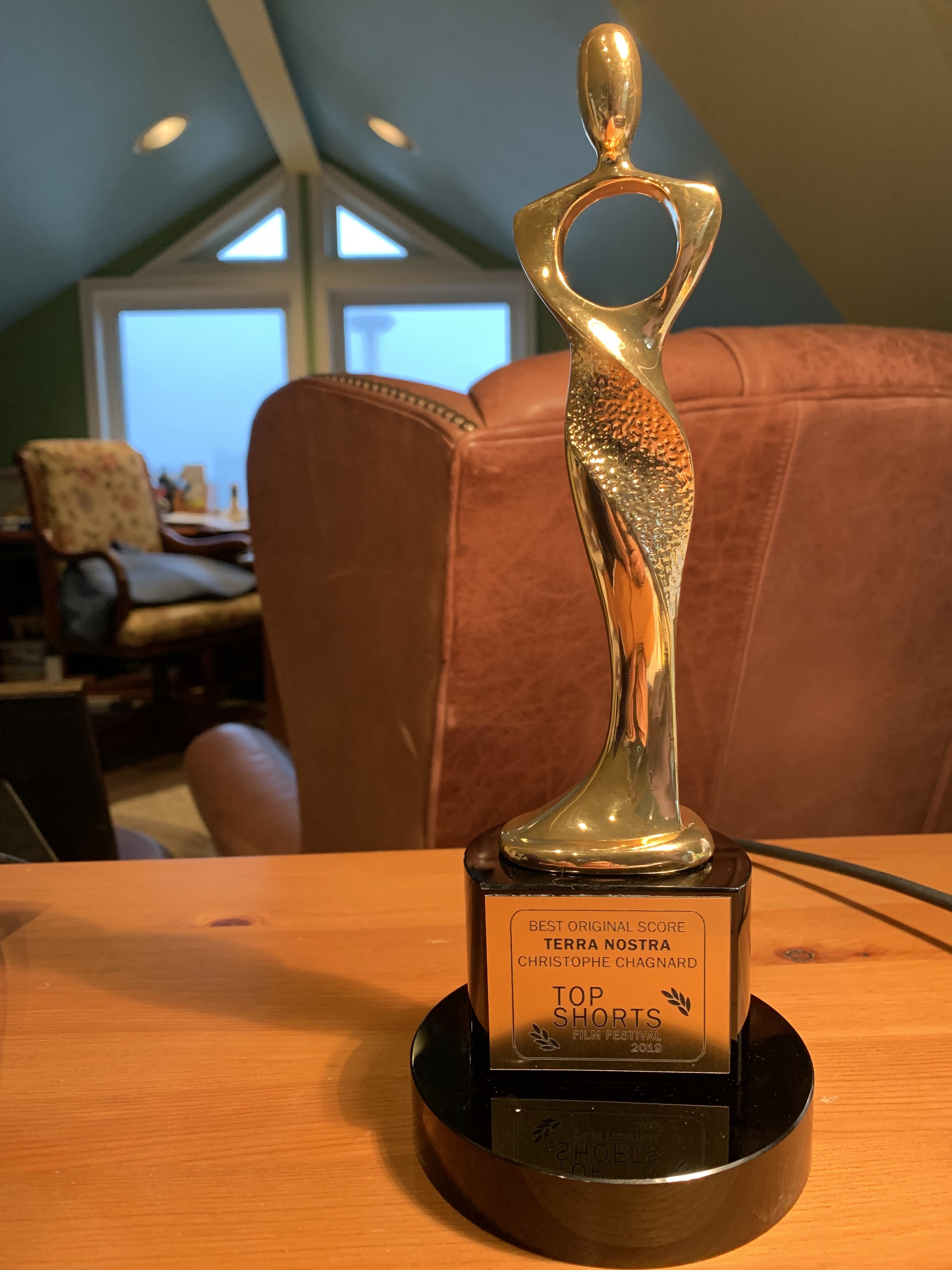
.png)

